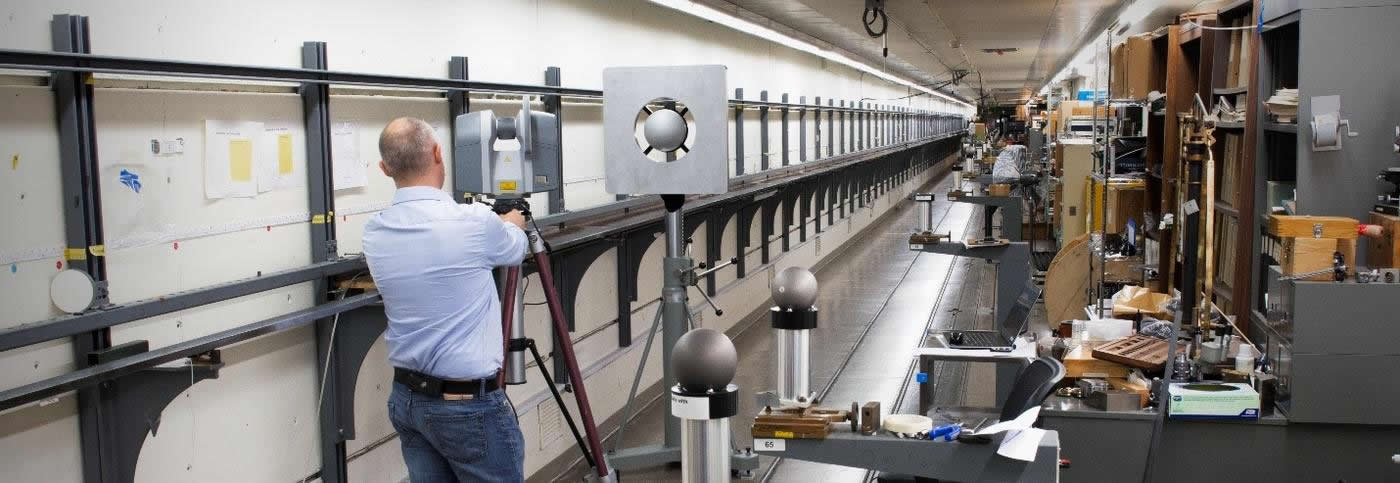(NIST: Gaithersburg, MD) -- It’s no surprise that tiny precision objects, such as the parts inside your smartphone, must be measured with laser technology in order to fit together and work properly. But some of the largest structures people depend on every day—including airplane wings and bridge components—are also measured to exacting standards by three-dimensional laser scanners.
|
ADVERTISEMENT |
Despite the importance of such measurements, however, there is no comprehensive standard or agreed-upon suite of tests to judge how well those 3D instruments perform—although the American Society for Testing and Materials International (ASTM) has been working for years on a draft standard.
That’s why PML scientists recently designed and built a calibration facility specifically set up for conducting the approximately 100 proposed tests in the ASTM draft standard. Then they invited all the leading 3D scanner manufacturers to perform measurements in a head-to-head runoff. In May of 2016, major manufacturers from around the world converged at NIST to put their scanners through the paces.

…
Add new comment